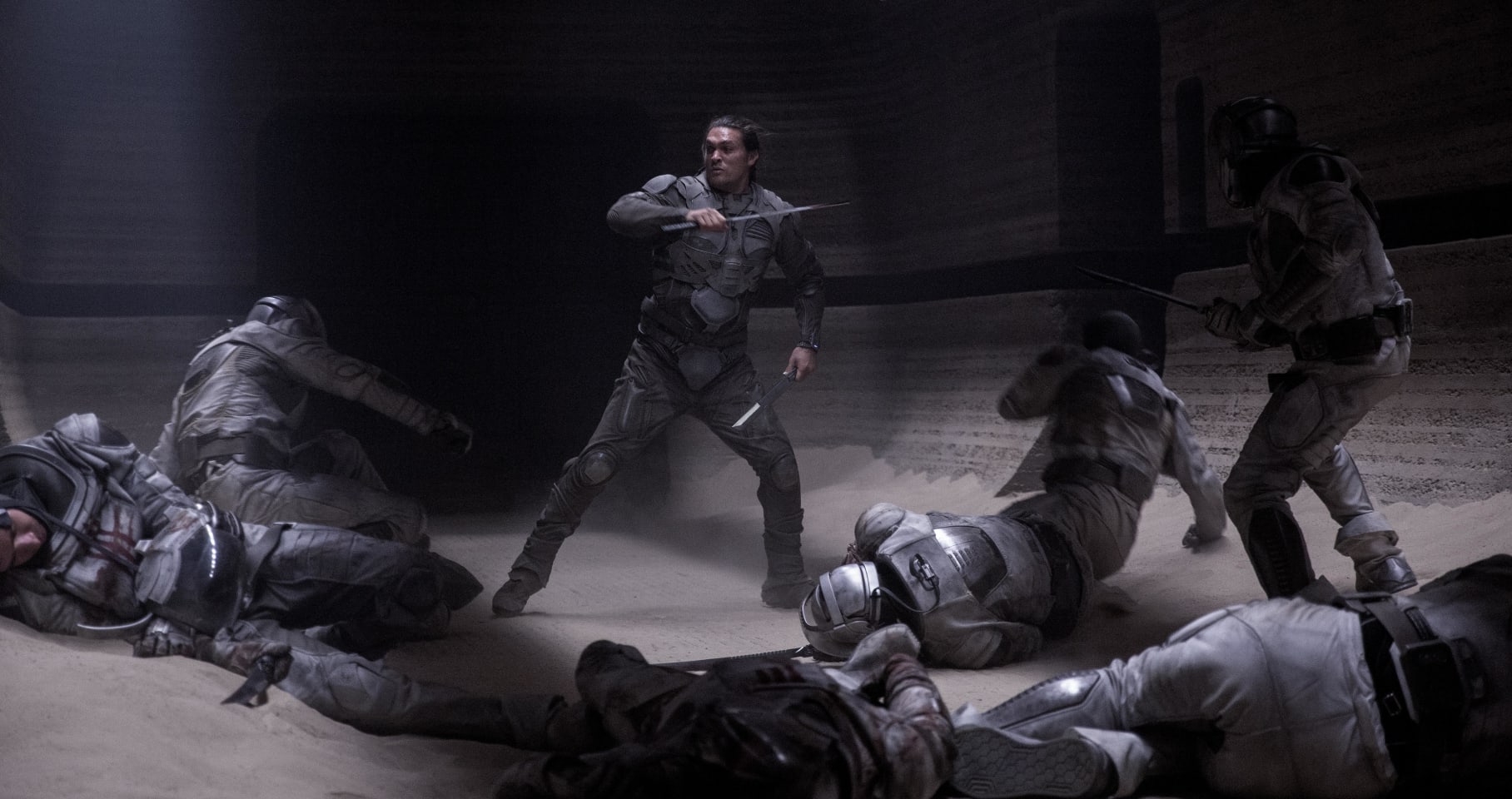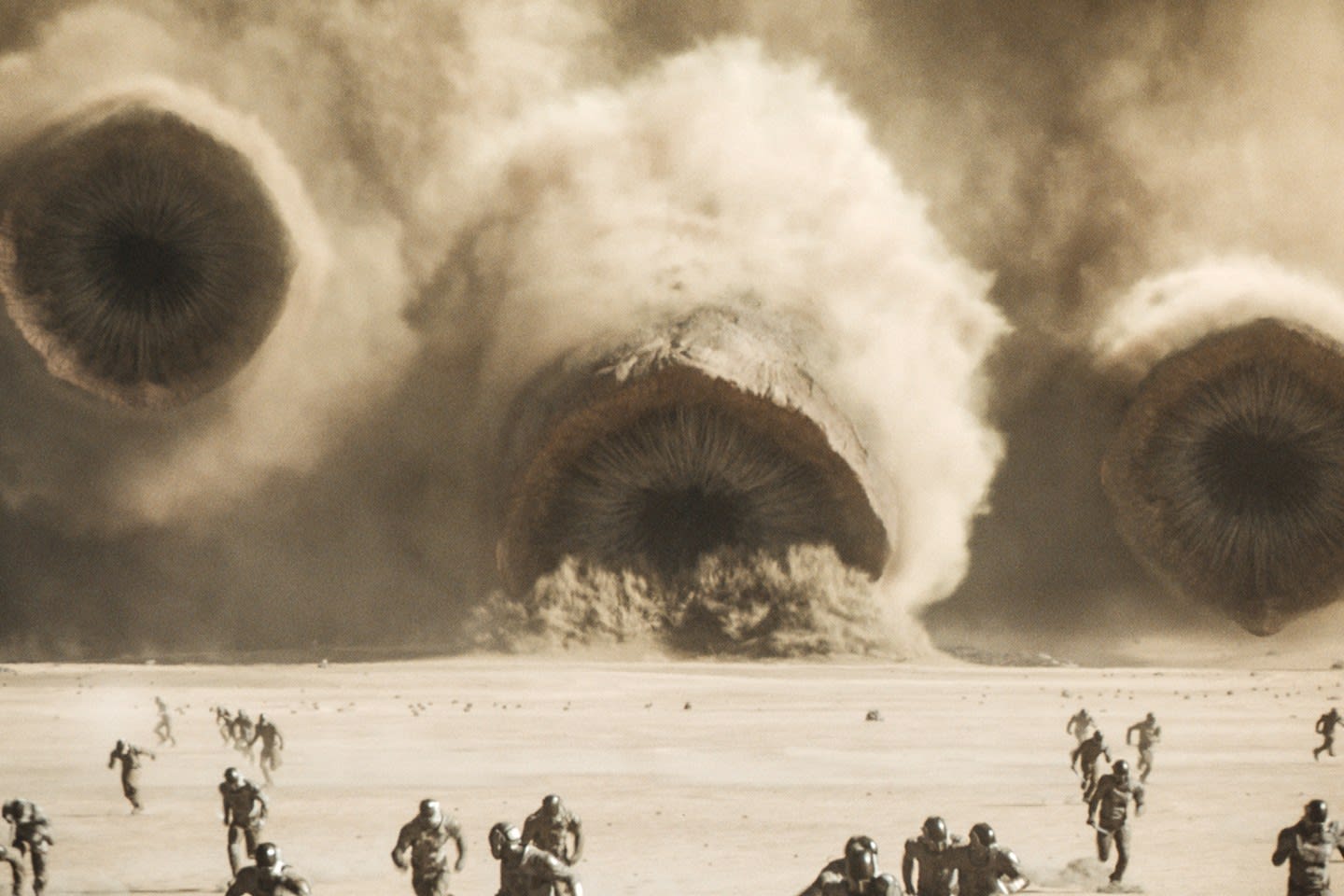Dune: Part Two hits theaters this weekend and to say it could be one of the biggest movies, if not the biggest movie of the year, would be an understatement. It’s getting insanely good reviews from critics and from regular audience members who have gotten to see early preview screenings. One of the biggest points of praise Denis Villeneuve’s sequel is earning is for its visuals, which is no surprise. The first Dune movie was incredible, but even with the scope of Arrakis, it was still, after all, just an origin story and largely setup for what was to come. Dune: Part Two, however, gets to jump right into the wider world.
With that comes a feat of visual filmmaking that is one of the most gorgeous and eye-popping movies in years–decades, if we’re being honest. It’s one of the many, many reasons why we’re recommending Dune: Part Two not only be seen, but seen in IMAX to do it (and yourself) justice.
Dune: Part One Was Released During The Pandemic

It’s easy to forget because there’s been about 10 years of year packed into the last three, but the first Dune movie released in 2021 did a day-and-date release to theaters and on Max. It was only in theaters for one month before it was pulled from theaters and Max and started its usual home video release schedule. While theaters clearly weren’t shut down like they had been during the pandemic, and tensions were ever so slightly starting to ease at the end of 2021, theatrical releases weren’t doing big business with the COVID-19 virus still raging. Despite those limitations and its release to Max on the same day, Dune: Part One still grossed $434.8 million worldwide, a hugely impressive total considering the circumstances surrounding it.
However, considering the budget of the movie and the hype surrounding it, that total would have been much, much higher had more people been able to or comfortable enough to see it in theaters. And, truly, that’s how Denis Villeneuve’s Dune movies are meant to be seen: on a huge screen, preferably IMAX and in surround sound. Even seeing the first movie on a television or a laptop screen was a visual experience. Getting the opportunity to see Dune: Part Two in person in IMAX feels like a gift, a second crack at what we should have had with the first movie but never could.
Dune: Part Two’s Sandworm Scene Alone

Paul Atreides catching and riding a sandworm for the first time is a formative moment in any adaptation of Dune and it will be the pivotal moment and scene of Dune: Part Two. The scene is crucial to develop Paul Atreides. At that point, his relationship with the Fremen is tenuous at best. Some of them believe he may be their prophesied leader, but plenty don’t believe he’s on that path. Riding the sandworm is the step he has to take to fully earn their trust and believe and rename himself Muad’dib of the Fremen and the Kwisatz Haderach of the Bene Gesserit. Riding the sandworms is an important rite of passage to the Fremen, and he can not gain their trust or their ferocity as an army if he doesn’t nail it, and nail it on the first try.
Denis Villeneuve knew just how important the sandworm scene is: so important that the production spent a whopping three months on that one scene alone, carefully crafting a blend of practical and visual effects while shooting, and CG effects in post that do the iconic scenejustice. The tension of the moment, the slithering sand that turns into a raging cloud, the sheer size of the sandworm as it flies through the desert, the palpable feel of it building up to a moment that will change the universe is an alchemy to suspend you in time with anticipation until Paul Atreides flies or falls. For that moment alone, it’s only worth seeing Dune: Part Two in IMAX.















